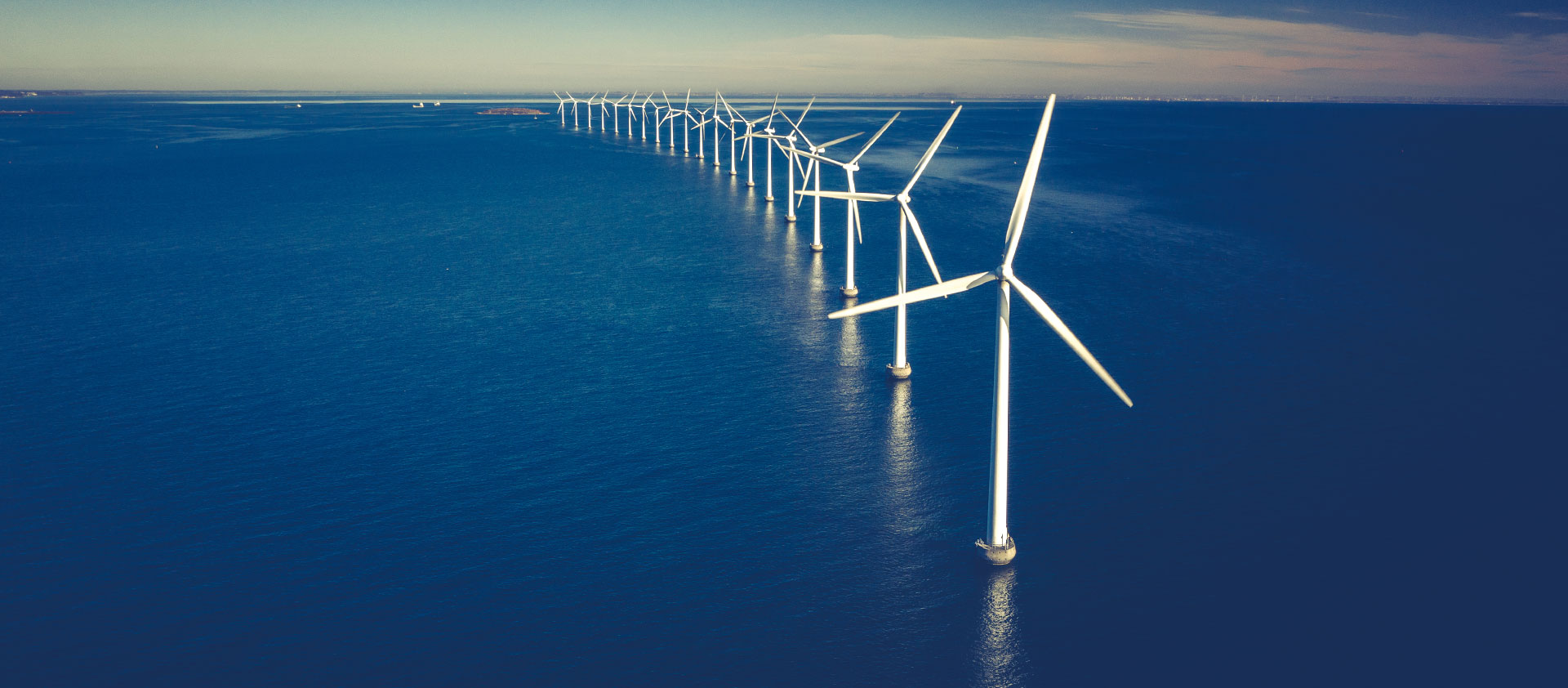CEF in the media
AGL China Coal Critical minerals Decarbonisation Electricity/electrification Energy crisis Finance Sector & Emissions Green Iron/Steel Hydrogen India & Adani Nuclear offshore wind Renewables Taxes and subsidies TIM BUCKLEY ON THE SPARK CLUB PODCAST US IRA/EU NZIA et al
Rapid greening of the Pilbara could unlock $250 billion in green iron annual exports
Renew Economy
AU Manufacturing | Study weighs up Pilbara’s green iron age opportunity
___
Australian Mining | Climate think-tank urges on WA decarbonisation
___
New H2 | Report Posits Hydrogen as Crucial To Australia’s Green Iron Future
___
Woodside’s US$2.35bn gamble raises doubts
FS Sustainability
OP ED | China’s Early Decarbonisation Holds Lessons for World
The Financial Times (UK)
Call to end nuclear power ban brings heated reaction in Australia
The Financial Times (UK)
Chevron under the microscope despite $3.5 billion tax contribution for 2023
___
Revealed: Sharpe signed off on rewrite that helped keep Eraring power station open
The Sydney Morning Herald
Tim Buckley on Bloomberg TV Interview | Outlook on India’s Energy Sector
Bloomberg
NSW confirms Eraring closure delay driven by fear of pre-election price shocks
Renew Economy
‘Critical turning point’ for coal poses risks for China’s state power firms, says report
Capital Brief
